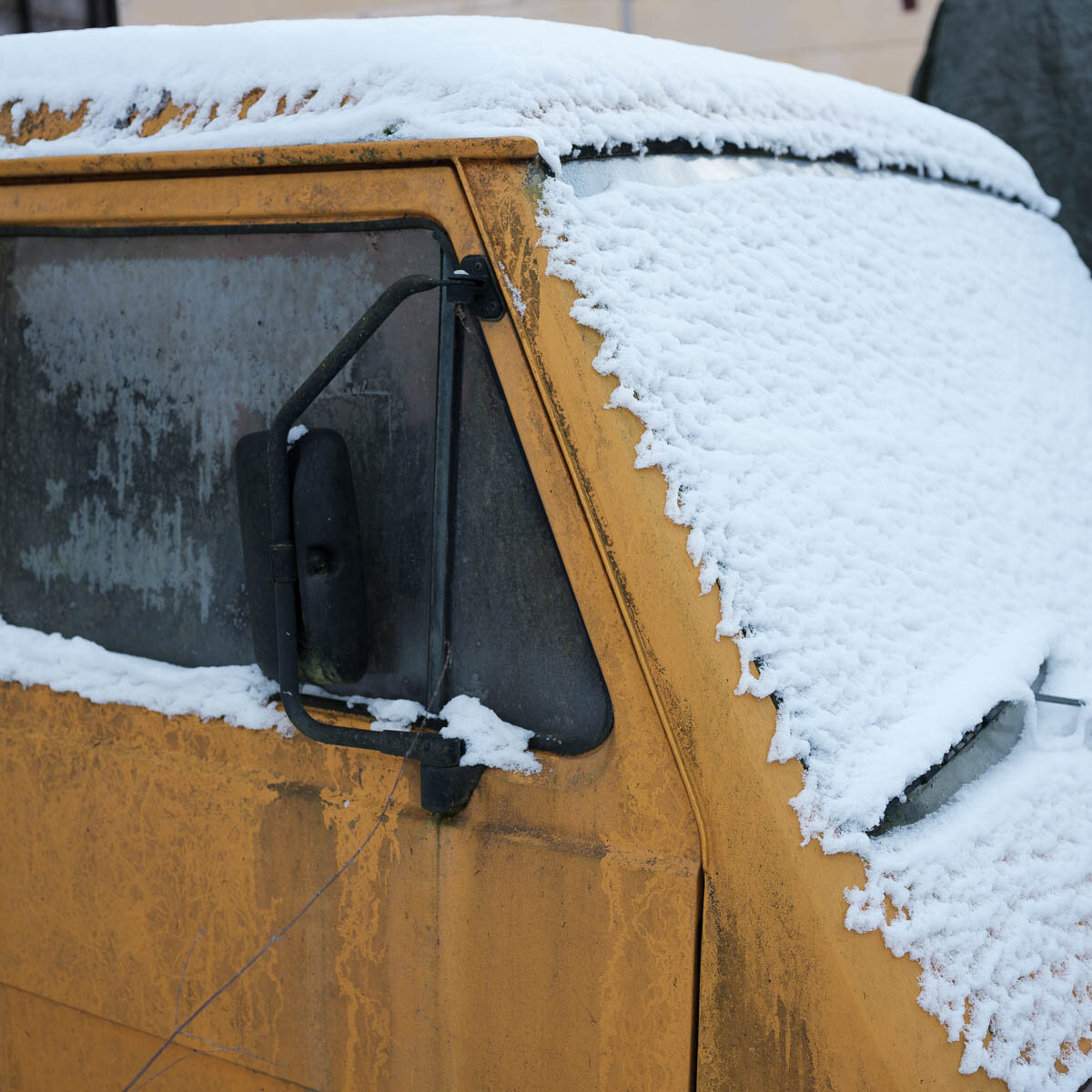Three strategies for never running out of photography ideas
1. Consistency beats creativity and inspiration.
The inspired artist is a myth.
You need to get work done. Work does not happen by sitting around waiting for inspiration. Getting work done brings a sense of accomplishment. And most likely an improved skill set together with new ideas.
Consistent work trumps inspiration.
2. A photo is not taken - it’s made.
Don’t chase interesting or beautiful - your task as a photographer is to make your mundane everyday life into interesting photographs.
I’ll paraphrase Ansel Adams by stating that photos are made rather than taken. You’re wrong to believe that beautiful photos and interesting subjects will just appear in front of your eyes. You (!) make a photo interesting through framing, composition and conscious use of colour theory.
So - stop waiting for the perfect subject; start creating interesting photos.
3. Do projects and collections rather than chase solo pieces.
Chasing that one great shot creates performance anxiety (and your great shot probably won’t be that great or unique anyway).
Work by the devise that the sum is greater than the parts. Doing a collection over time 1) takes away the pressure of the individual photograph and 2) most likely builds a unique and personal narrative over time. A project does not have to be of the shoot-every-day/week kind. An ideas based project is often more relevant and approachable.
Start a project - and you will also address pointers 1 and 2.
Project: Capture Yellow
For a period of time, focus on finding compositions containing yellow colour.
You don’t have to be a photographer. If you find picking up your camera a chore - don’t do it.
But if you would like to work with your photographic vision and skill set, I’ll list five project ideas. They will address all three pointers and fix that which people (you?) label lack of creativity.
Go chasing specific shapes or colours. Go on a one hour photo walk and isolate as many squares as you can. For the coming month - capture scenes that are mainly red.
Capture motion. Set your camera to shutter speed priority and 1/8s. Work with both objects and camera in motion. Observe differences in horizontal and vertical movement.
Talk to strangers. Approach your neighbour, local coffee shop owner or dog walkers. Ask to take their street portrait. At worst they’ll say no, and you’ll both move along.
Doors and details. Shoot a collection of diptychs of different types of doors in your town. Focus on both the whole and details (door knobs, bells, name signs). Present them as digital collages or printed diptychs.
Self-portraits in places that spark memories. Shot yourself in places that matter to you. Where you learned to ride a bike, where you kissed someone for the first time or where your grandma used to feed the ducks.
OK. Now get to work. Stop waiting for inspiration. Take charge of your photographic process. Ideas don’t magically appear - they are created. By You.
